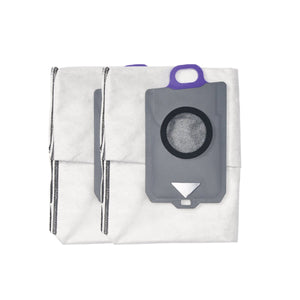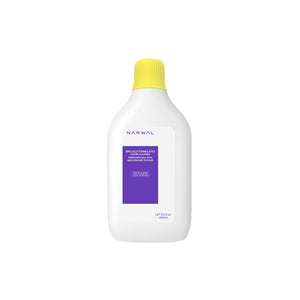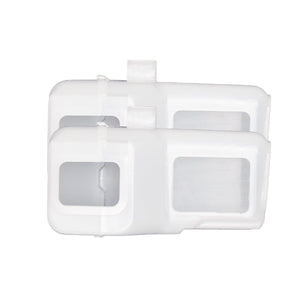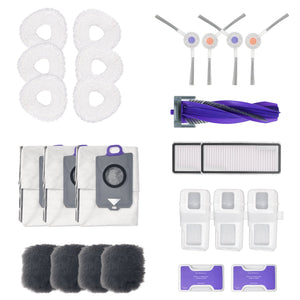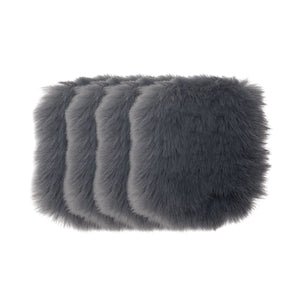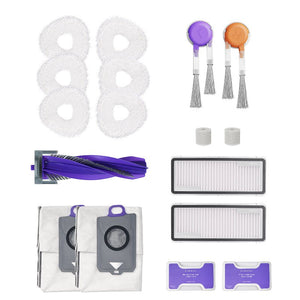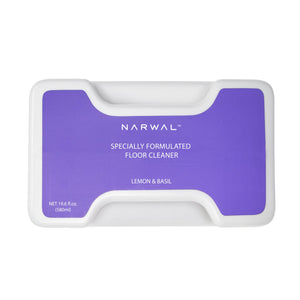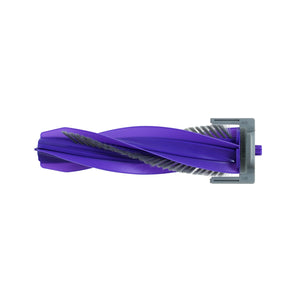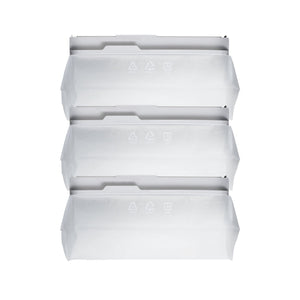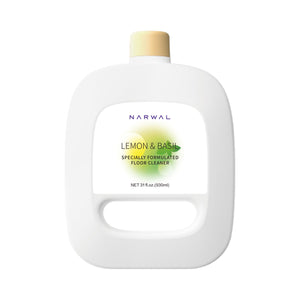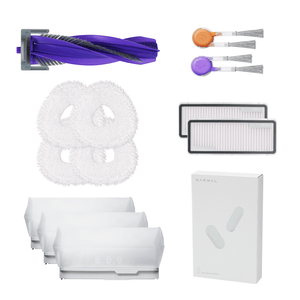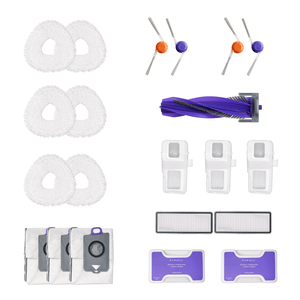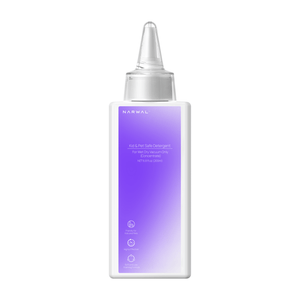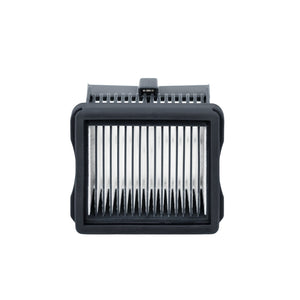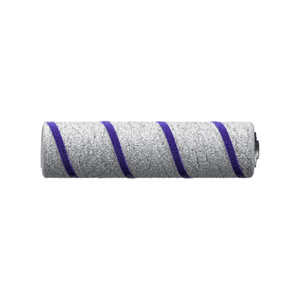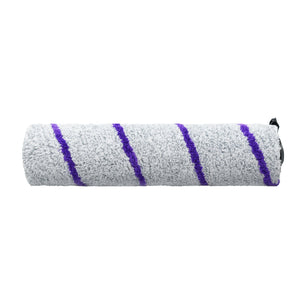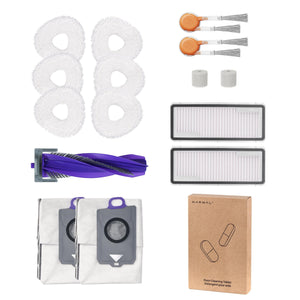Vacuum cleaners have transformed dramatically over the last 160 years — starting from simple hand-powered sweepers to today's AI-driven robot vacuums. This article explores the full timeline of vacuum cleaner technology, highlighting key milestones, innovations, and the evolution of cleaning devices that reshaped how we care for our homes.
Who Invented the First Vacuum Cleaner?
In 1860, Daniel Hess, an inventor from Iowa, USA, invented the first vacuum cleaner. His device, which he called a “carpet sweeper,” used a combination of rotating brushes and bellows to generate suction.
It was designed to remove dust from carpets more efficiently than the tools available at the time. However, Hess’s machine was manually operated and didn’t resemble the vacuum cleaners we use today.
Timeline of Vacuum Cleaner History
The development of the vacuum cleaner spans over a century, with many key inventions that improved both functionality and convenience. Here’s a simple breakdown of the major milestones in vacuum cleaner history.
The Birth of Vacuum Cleaning (1860–1900)
The earliest attempts at vacuum cleaning laid the foundation for today’s modern systems. These early machines were far from convenient, but they introduced key concepts like suction, brushes, and dust collection that still define vacuum cleaners today.
In 1860, Daniel Hess of Iowa designed one of the first known carpet sweepers. His manually operated device used rotating brushes and bellows to generate suction, aiming to remove dust more effectively than traditional brooms. Although it wasn’t widely adopted, Hess's design introduced the idea of mechanically-assisted cleaning.
Eight years later, in 1868, Ives W. McGaffey of Chicago introduced the "Whirlwind", a hand-cranked vacuum cleaner. It was among the first vacuum devices to be commercially available. However, its heavy, awkward design and reliance on manual cranking made it difficult to use in everyday households.
By 1876, Melville R. Bissell had developed a more practical carpet cleaner that used mechanical brushes and a dustpan design. His product gained popularity and led to the founding of the Bissell company, which remains a major name in floor cleaning today.
In 1898, John S. Thurman from St. Louis brought a different approach. Instead of suction, his "pneumatic carpet renovator" used compressed air to blow dust into a container. This gasoline-powered machine was large and mounted on a horse-drawn cart, offering door-to-door cleaning services in urban neighborhoods.
Though none of these early devices resembled the vacuums we know today, they each contributed important innovations to the evolution of vacuum technology—setting the stage for the electric breakthroughs that followed in the 20th century.
From Manual to Electric: The First Breakthroughs (1901–1930)
The early 20th century marked a pivotal shift in vacuum technology—from heavy, manually operated devices to the first electric-powered cleaning machines. This era introduced innovations that brought vacuum cleaners closer to their modern form and set the stage for household adoption.
In 1901, Hubert Cecil Booth, a British engineer, introduced the first powered vacuum cleaner, famously nicknamed “Puffing Billy.” Unlike previous designs that blew air to remove dust, Booth’s machine used suction—a defining shift in vacuum mechanics. However, the machine was large, gasoline-powered, and mounted on a horse-drawn cart, limiting it to industrial use and door-to-door services in urban areas.
Then, in 1907, American janitor James Murray Spangler invented the first portable electric vacuum cleaner. His design featured an electric fan for suction and a rotating brush to agitate dirt—two core elements still used in modern vacuums.
Crucially, his machine was compact and practical enough for domestic use. Recognizing its commercial potential, Spangler sold the patent to William Hoover, whose company refined and mass-marketed the product. The Hoover brand quickly became synonymous with vacuum cleaning in American households.
Together, these innovations marked the industry’s first true technological leap—from concept to usability—turning vacuum cleaners from experimental curiosities into practical home appliances.
Mass Adoption & Consumer Innovation (1950–1990)
By the mid-20th century, vacuum cleaners had transitioned from luxury appliances to everyday household essentials. This period was defined not by foundational inventions, but by practical innovations driven by consumer needs—portability, affordability, and convenience.
In the 1950s, manufacturers began producing more compact and user-friendly vacuum models. These appliances became significantly more affordable, making them accessible to the average family. As home ownership and consumer spending rose post–World War II, vacuum cleaners became a standard household item.
During the 1960s and 1970s, the introduction of upright and canister vacuums brought more cleaning power and versatility. These designs featured stronger motors, improved suction, and a range of interchangeable attachments to handle different surfaces, from rugs to hardwood floors.
In the 1980s, the market saw the rise of cordless vacuum cleaners, offering quick-clean convenience without the need for power outlets. Although these early models lacked the power of corded units, they paved the way for a new era of portable cleaning solutions.
The 1990s ushered in a revolution with the launch of the Dyson bagless vacuum. Using cyclonic separation technology, Dyson’s design eliminated the need for dust bags while maintaining strong suction throughout cleaning. The bagless system not only improved performance but also gained popularity for its eco-friendliness and long-term cost savings.
This period represents the shift from invention to consumer-centered innovation—transforming vacuum cleaners into smarter, lighter, and more accessible tools for modern living.

Robot Vacuum History: Timeline of Smart Cleaning Innovations (1996–2025)
As robot vacuum technology improved, these machines became smarter, quieter, and more helpful at home. Robot vacuums have changed a lot over time. From early machines that just moved around, to smart cleaners that see dirt, avoid socks, and wash their own mops—here’s how they got smarter step by step:
|
Year |
Brand |
Milestone |
Innovation Highlights |
|
1996 |
Electrolux |
Trilobite |
First robot vacuum; auto path, limited use |
|
2002 |
iRobot |
Roomba |
Smart navigation, popular home cleaner |
|
2020 |
Narwal |
T10 |
First self-cleaning robot vacuum + mop combo |
|
2025 |
Narwal |
Dual AI chips, dirt type detection, smart pathing |
Robot vacuums started as simple helpers. Today, many of them can mop, avoid pet messes, and find the best way to clean your room. Some even listen to your voice and learn your home’s layout. They’re becoming true smart home tools. This marked a big leap in robot vacuum design—combining vision, AI, and smart mopping to handle dry and wet messes in one clean pass.
[cta:narwal-freo-z-ultra-robot-vacuum-mop]
More Than Robots: Rise of Wet-Dry Vacuum Mops
Not all smart vacuums move on their own. Some need a person to push them but still do amazing things. These are called wet-dry vacuum mops. They clean up dry dust and wet spills at the same time.
In 2025, Narwal made a model called S20 Pro. It can cut tangled hair, clean itself with hot water, and mop without needing to rinse by hand. These tools are great for fast cleanups in kitchens or bathrooms.
[cta:narwal-s20-pro-vacuum-mop]
How Vacuum Technology Changed Our Lives
Vacuum cleaners have done more than just clean our floors. They have made life easier, healthier, and safer.
-
They save time and effort. Before vacuums, people used brooms or beat rugs outside. It took a long time and didn’t clean well. Now, vacuums make cleaning fast and easy—even when we’re busy.
-
They help us breathe better. Vacuums pick up dust and tiny allergens that we can’t see. This is very helpful for people with asthma or allergies.
-
They make workspaces cleaner. Offices and stores also use vacuums to stay clean. A clean place helps workers stay healthy and do a better job.
-
They are better for the planet. New vacuums use less energy and have reusable filters. Some even use recycled materials. But we still need to find better ways to recycle old machines.
Vacuum cleaners have truly changed how we live, making cleaning faster and life cleaner.
Looking Ahead: The Future of Home Cleaning
The robot vacuum future will likely include machines that work while you're out, save more energy, and even improve air quality. Some vacuums today can already tell if messes are wet or dry. Others can wash their own mop or avoid toys on the floor.
One day, cleaning robots might talk to each other, work when nobody’s home, and use less water and power. They may even help take care of the air and smells in our homes.
Just like vacuums changed the past 100 years, they will keep improving to fit how we live tomorrow.
Summary
The history of vacuum cleaners reveals a journey of constant innovation, transforming how we maintain cleanliness in our homes and workplaces. As technology continues to improve, vacuums are becoming smarter, more efficient, and easier to use. For those seeking the latest in smart cleaning technology, Narwal offers innovative products that blend convenience with cutting-edge features.
FAQs
Why did early robot vacuums struggle with performance?
Early models lacked the sophisticated sensors and mapping systems we see today. Many relied on random navigation or bump sensors, which led to inefficient cleaning patterns and missed spots.
What is the difference between early and modern robot vacuum technology?
Modern robots feature AI-driven obstacle avoidance, smart mapping, real-time dirt detection, and self-cleaning systems. Earlier models simply moved randomly or followed pre-set paths without adapting to their environment.
Has the development of robot vacuums impacted traditional vacuum cleaner sales?
Yes, robot vacuums have taken a significant share of the home cleaning market, especially for daily maintenance. However, traditional vacuums are still preferred for deep cleaning or larger debris.
What is the significance of LiDAR and AI in robot vacuums?
LiDAR allows precise navigation and mapping, while AI helps the robot recognize different floor types, dirt levels, and obstacles. Together, they enable smarter, more adaptive cleaning routines.
Will future robot vacuums be fully autonomous?
That’s the goal. With the integration of real-time decision-making, voice assistants, and cloud updates, future robot vacuums may require almost zero human intervention—from cleaning to self-maintenance.




















